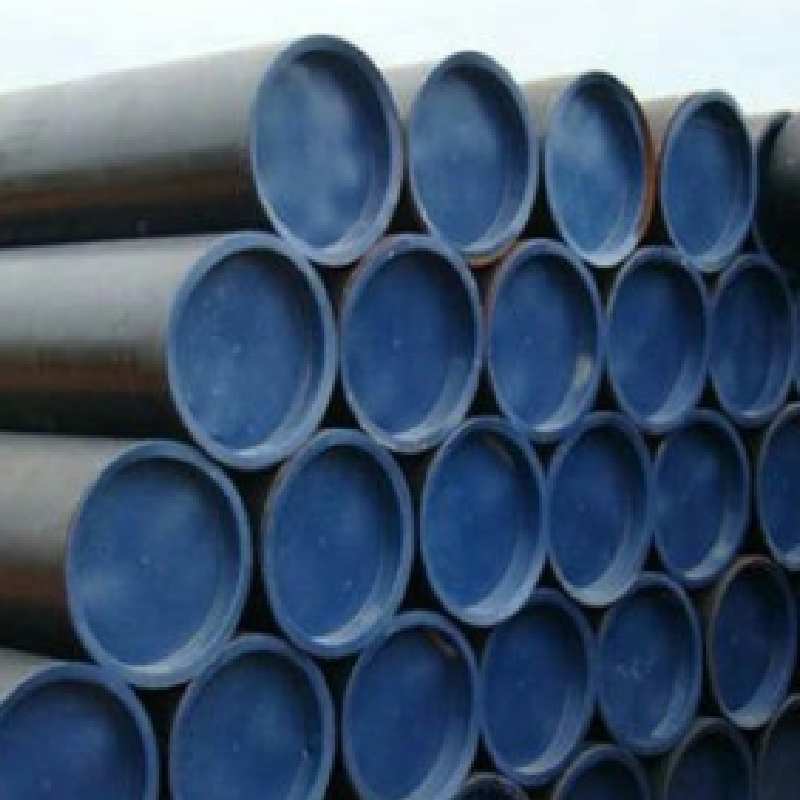-
Cangzhou Yulong Steel Co., Ltd.
-
Phone:
+86 13303177267 -
Email:
admin@ylsteelfittings.com
- English
- Arabic
- Italian
- Spanish
- Portuguese
- German
- kazakh
- Persian
- Greek
- French
- Russian
- Polish
- Thai
- Indonesian
- Vietnamese
- Zulu
- Korean
- Uzbek
- Hindi
- Serbian
- Malay
- Ukrainian
- Gujarati
- Haitian Creole
- hausa
- hawaiian
- Hebrew
- Miao
- Hungarian
- Icelandic
- igbo
- irish
- Japanese
- Javanese
- Kannada
- Khmer
- Rwandese
- Afrikaans
- Albanian
- Amharic
- Armenian
- Azerbaijani
- Basque
- Belarusian
- Bengali
- Bosnian
- Bulgarian
- Catalan
- Cebuano
- China
- China (Taiwan)
- Corsican
- Croatian
- Czech
- Danish
- Esperanto
- Estonian
- Finnish
- Frisian
- Galician
- Georgian
- Kurdish
- Kyrgyz
- Lao
- Latin
- Latvian
- Lithuanian
- Luxembourgish
- Macedonian
- Malgashi
- Malayalam
- Maltese
- Maori
- Marathi
- Mongolian
- Myanmar
- Nepali
- Norwegian
- Norwegian
- Occitan
- Pashto
- Dutch
- Punjabi
- Romanian
- Samoan
- Scottish Gaelic
- Sesotho
- Shona
- Sindhi
- Sinhala
- Slovak
- Slovenian
- Somali
- Sundanese
- Swahili
- Swedish
- Tagalog
- Tajik
- Tamil
- Tatar
- Telugu
- Turkish
- Turkmen
- Urdu
- Uighur
- Welsh
- Bantu
- Yiddish
- Yoruba

Dec . 27, 2024 02:50 Back to list
astm a106 gr b pipe dimensions
Understanding ASTM A106 Grade B Pipe Dimensions
ASTM A106 Grade B pipe is an essential component in various industrial applications, particularly in the oil and gas sector, power plants, and chemical industries. The specifications established by the ASTM (American Society for Testing and Materials) ensure that the materials used can withstand high temperatures and pressures, making them suitable for transporting fluids in extreme conditions. This article will delve into the dimensions of ASTM A106 Grade B pipe, its applications, and its significance in industrial settings.
Overview of ASTM A106 Grade B
ASTM A106 is a specification for seamless carbon steel pipes that are intended for high-temperature service. The Grade B variation is particularly popular due to its reliable performance and suitable mechanical properties. The material typically consists of low carbon steel, which offers good weldability and can be formed into various shapes.
Dimensions and Specifications
The dimensions of ASTM A106 Grade B pipes are critical for their application, as they directly impact the flow rates, pressure handling capabilities, and overall system integrity. The pipes are categorized by their nominal pipe size (NPS), which indicates the diameter of the pipe. Here’s an overview of the key dimensions
1. Nominal Pipe Size (NPS) The NPS is an industry standard that denotes the dimensions of the pipe. It can range from NPS 1/8 to NPS 48. The actual outside diameter (OD) varies by the pipe size.
2. Outside Diameter (OD) The OD is the measurement across the widest part of the pipe surface. For instance, an NPS 1 pipe has an OD of 1.315 inches, while an NPS 10 pipe has an OD of 10.75 inches.
3. Wall Thickness Wall thickness affects the strength and pressure capacity of the pipe. The wall thickness for ASTM A106 Grade B pipes can vary significantly, often classified as Schedules (usually from Schedule 10 to Schedule 160). A Schedule 40 pipe, which is commonly used, has a wall thickness of roughly 0.113 inches for the 1-inch nominal size.
astm a106 gr b pipe dimensions

4. Length ASTM A106 pipes are typically manufactured in random lengths (usually 20 or 40 feet), though custom lengths can be agreed upon according to specifications.
5. Weight The weight of the pipe is another essential factor that impacts transportation and installation. The weight can be calculated based on the OD, wall thickness, and length. For example, a 1-inch Schedule 40 pipe weighs approximately 1.31 pounds per foot, while a 10-inch Schedule 40 pipe weighs around 22.73 pounds per foot.
Applications
The durability and reliability of ASTM A106 Grade B pipes make them suitable for various applications, including
- Oil and Gas These pipes are extensively used for transporting oil and natural gas from extraction points to processing facilities. - Power Generation High-pressure steam systems in power plants utilize A106 pipes to ensure safe transmission of steam. - Chemical Processing The ability to withstand high temperatures and pressures makes ASTM A106 a preferred choice in the chemical industry for transporting corrosive materials. - Boiler Systems These pipes are often employed in boilers and heat exchangers due to their robust properties under elevated temperatures.
Importance of Proper Sizing
Selecting the appropriate size of ASTM A106 Grade B pipe is crucial for efficient system performance. Oversized pipes may lead to higher costs and potential flow issues, while undersized pipes can result in increased pressure loss and potential failures. Engineers and industry professionals must ensure that the selected pipe size aligns with the specific requirements of the application, factoring in the fluid type, temperature, and pressure.
Conclusion
ASTM A106 Grade B pipes are integral to many industrial applications due to their ability to withstand high temperatures and pressures. Understanding their dimensions—nominal pipe size, outside diameter, wall thickness, length, and weight—is essential for engineers and decision-makers in ensuring the proper functioning of fluid transport systems. By adhering to ASTM standards and selecting the right pipe dimensions, industries can enhance efficiency, safety, and reliability in their operations. Whether for oil, gas, or chemical applications, these pipes play a vital role in modern infrastructure.
Latest news
-
ANSI 150P SS304 SO FLANGE
NewsFeb.14,2025
-
ASTM A333GR6 STEEL PIPE
NewsJan.20,2025
-
ANSI B16.5 WELDING NECK FLANGE
NewsJan.15,2026
-
ANSI B16.5 SLIP-ON FLANGE
NewsApr.19,2024
-
SABS 1123 FLANGE
NewsJan.15,2025
-
DIN86044 PLATE FLANGE
NewsApr.19,2024
-
DIN2527 BLIND FLANGE
NewsApr.12,2024
-
JIS B2311 Butt-Welding Fittings LR/SR 45°/90° /180°Seamless/Weld
NewsApr.23,2024











